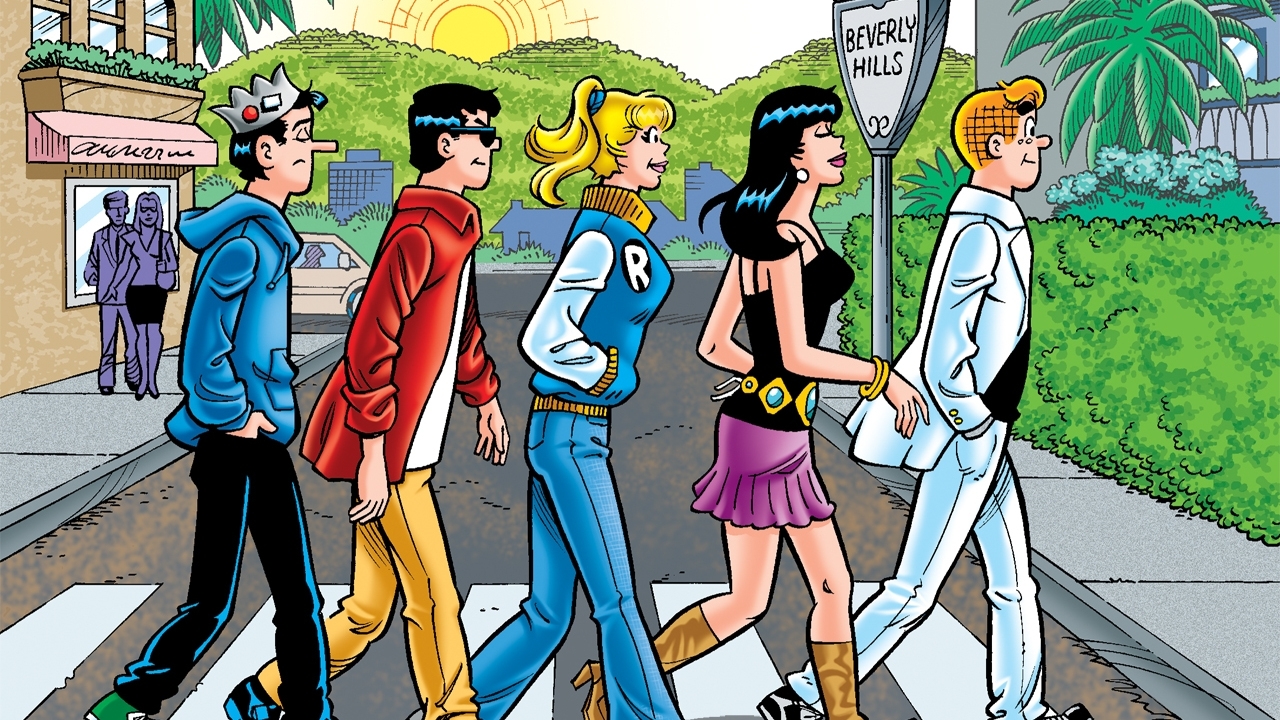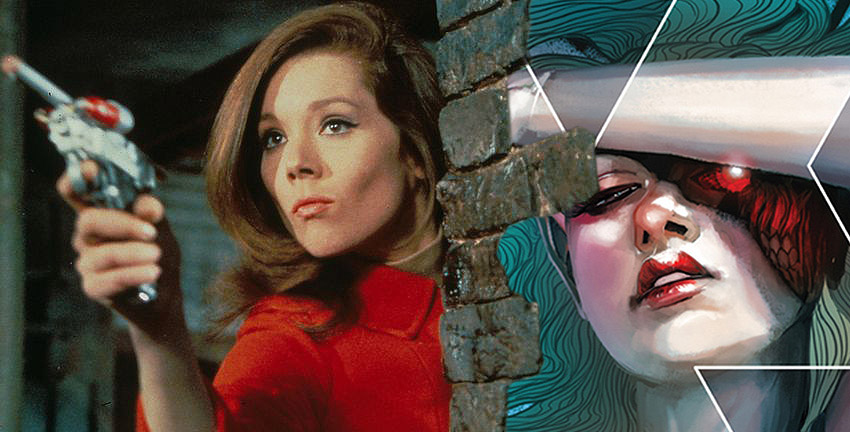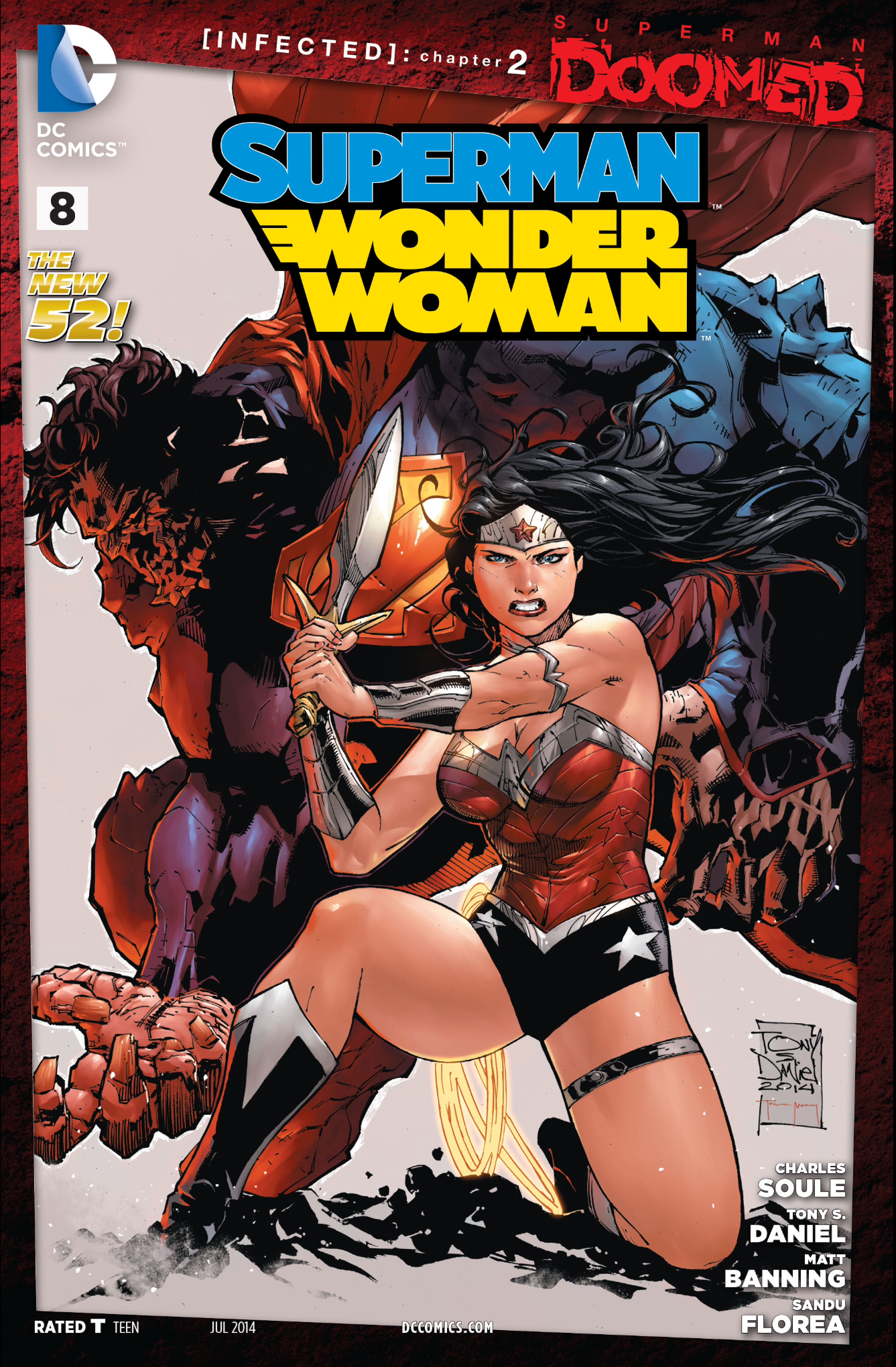
Millennium: the Girl Who Kicked the Hornet’s Nest #1 Review
Millennium: the Girl Who Kicked the Hornet’s Nest #1 Review
Written by Sylvain Runberg

Art by José Homs
Letters by Phillipe Glogowski
Translated by Rachel Zerner
Reviewed by Lee Henry (@Lee_H_Henry on Twitter)
Stieg Larsson’s Millennium series has always been defined by one theme: secrets. His characters hide things banal and critical from one another, from serial killers to journalists to his iconic heroine, Lisbeth Salander. Sylvain Runberg and José Homs’ graphic novel adaption of the third Millennium novel, The Girl Who Kicked the Hornet’s Nest, perfectly understands the pain and violence that come from keeping secrets, and in the first of six issues, that violence spills out into every corner of Salander’s world.
In the finale of The Girl Who Played with Fire, Salander disappeared after a gruesome battle with her father, the villainous Zalachenko, and pain-immune half-brother Ronald Niedermann. Their farmhouse brawl made national news, and Salander is now the most wanted person in Sweden. Lisbeth’s ex-lover (and last remaining supporter) Mikael Blomkvist continues to protest her innocence of the multiple murders she’s been accused of, and is preparing an exposé into the identity of Salander’s father, a Cold War asset managed by The Section, a mysterious cabal formed from rogue government and SaPo (Swedish Secret Police) elements. But unbeknownst to Blomkvist, Zalachenko has gone rogue from The Section, and these powerful men now have a mess to clean up.
Homs’ art perfectly establishes the tone of paranoia and impending violence that pervades Salander’s story; his work on the albino giant Niedermann in particular stands out, making what was a mildly intimidating lackey in the books a terrifying, vengeful force. You feel horror each time he takes another life, and when the two meet (and brawl) in person toward the end of the issue, it’s a massive, world-altering clash. The characters throughout are just stylized enough to make them distinguishable without sacrificing the book’s serious, thrilling tone. Mysterious men or journalists conversing makes up a large portion of the book, yet these opaque conversations ratchet up the tension just as much as the periodic bursts of violence. When blood IS shed, Homs perfectly captures the visceral blows of fists or explosions of bullets.
Runberg has some hard choices to make here, as condensing the convoluted third novel invariably means leaving out some key moments. However, what Runberg gets out of removing several early plot elements in favor of a slow-burn set-up is a profound sense of dread; as The Section slowly, methodically rebuilds itself, exerts its strength, and ties up loose ends, we feel the weight of the machinery mobilizing against the waif-like, hopelessly outmatched Lisbeth. The Girl Who Kicked the Hornet’s Nest is not the fast-paced thriller or revenge saga of its predecessors: it’s a sprawling, conspiracy-ridden ode to the power we give to those willing to do in the dark what we can’t in the light. And Runberg and Homs make it clear in this first issue that Salander’s quest to hold accountable the men who ruined her life will be fraught with pain, fear, and blood.
VERDICT: Worth a look if you’re a fan of the Millennium series (in any form) or want a dark, intense mystery
What's your reaction?
- 0airlines
- 0applicant tracking systems
- 0ATS system
- 0Best Online Casino
- 0Best Online Casino App in India
- 0bicycle
- 0bungalows
- 0bungalows in mississauga
- 0Buy Power Book Jackets Now
- 0Canada Glass Bottles and Containers Market
- 0Canada Packer Bottle Market
- 0Canada Packer Bottle Market Business Challenges
- 0Canada Packer Bottle Market Demand
- 0Canada Packer Bottle Market Future Outlook
- 0Canada Packer Bottle Market Growth
- 0Canada Packer Bottle Market Report
- 0Canada Packer Bottle Market Revenue
- 0Canada Packer Bottle Market Share
- 0Canada Packer Bottle Market Size
- 0Canada Packer Bottle Market Trends
- 0Canada plastic packaging market
- 0Cancelation Fees
- 0Casino App in India
- 0Casino black jack odds
- 0Change
- 0Check delta flight status
- 0Corporate Awards Business Awards
- 0custom logistics
- 0custom logistics tracking
- 0customized logistics
- 0customized logistics solutions
- 0customized transportation
- 0customized trucking
- 0data science
- 0data science course in chennai
- 0Delta Airlines Name Change Policy
- 0DissertationHelp
- 0DissertationHelpuk
- 0fix quickbooks update error 15241
- 0Global Excellence Awards 2023
- 0how to fix quickbooks error code 15241
- 0idn poker
- 0idnpoker
- 0idnpoker.com
- 0immigration lawyers in derbyshire
- 0immigration solicitors in derbyshire
- 0National Quality Awards 2023
- 0online applicant tracking system
- 0packer bottle market size in Canada
- 0packer bottle market size in USA
- 0Plastic Bottle Manufacturing in Canada
- 0plastic packaging companies in usa
- 0Platinum reels online casino
- 0quickbooks error 15241
- 0resume online australia
- 0s128
- 0s128.net
- 0security services in Manchester
- 0Security surveillance companies in Greater Manchester
- 0Shop Power Book Clothes
- 0Shop Power Book Outfits
- 0Spin it casino no deposit bonus codes
- 0terminal
- 0Titan casino 10 free
- 0Top 10 Corporate Awards
- 0Top 3 Most Prestigious Business Awards in India
- 0Trapunta matrimoniale
- 0Trapunte Matrimoniali Offerte
- 0travel
- 0United airlines flight change policy
- 0USA Packer Bottle Market
- 0USA Packer Bottle Market Business Competition
- 0USA Packer Bottle Market Challenges
- 0USA Packer Bottle Market Demand
- 0USA Packer Bottle Market Future Outlook
- 0USA Packer Bottle Market Growth
- 0USA Packer Bottle Market Insights
- 0USA Packer Bottle Market Revenue
- 0USA Packer Bottle Market Share
- 0USA Packer Bottle Market Size
- 0USA Packer Bottle Market Trends
- 0Vacant property security services in Manchester UK
- 0Virtual casino mobile
- 0waitress resume australia
- 0What is the legal age to enter a casino
- 0Window tinting
- 0Womens leather riding boots
- 0writing services
- 0yellowstone
- 0بک لینک ارزان
- 0بک لینک انبوه
- 0خرید بک لینک
- 0خرید بک لینک دائمی
- 0خرید بک لینک قوی
- 0토토 파워볼사이트
- 0파워볼 게임
- 0파워사다리 사이트
Related Posts
Mark Waid & Fiona Staples Announced As Creative Team For Archie Relaunch
2015 will see a relaunch for Archie Comics long-running flagship title…
Tales From the Archives: Tarpe Mills and Miss Fury
Tarpe Mills and Miss Fury A "Tales From the Archives" special report…
Issue #460: Dungeons, Dragons, and Dame Diana Rigg
Issue #460: Dungeons, Dragons, and Dame Diana Rigg Download Directly From…
I, Vampire #13 Review
I, Vampire #13 Writer: Josh Fialkov Art: Andrea Sorrentino Colors: Marcelo…
Retcon #1 Review
Retcon #1 Writer: Matt Nixon Art: Toby Cypress Letters: Matt Krotzer Retcon…
Wonder Woman #36 Review
Wonder Woman #36 Writer: Meredith Finch Penciller (sic): David Finch Inker:…
The End Times of Bram & Ben #1 Review
The End Times of Bram and Ben #1 (of 4) Written by James Asmus & Jim…
The Walking Dead #127 Review
The Walking Dead #127 Robert Kirkman – Creator, Writer Charlie Adlard –…
Bitch Planet #1 Review
Bitch Planet #1 Kelly Sue DeConnick – Script Valentine De Landro – Art/Covers…
Superman / Wonder Woman #8
Superman/Wonder Woman #8 Story by Charles Soule Pencils by Tony S. Daniel Inks…
Please login to join discussion











